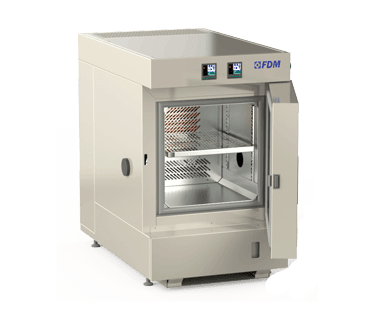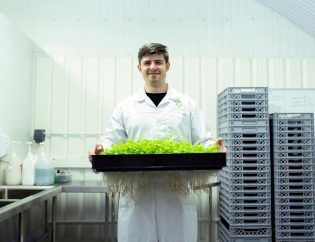
In the field of pharmaceutical safety, each phase of drug development and control is regulated by strict standards aimed at ensuring the efficacy and safety of the final product.
Among the numerous controls, one of the most relevant is the API Photostability Testing, which allows you to evaluate the sensitivity of active substances to light.
In today's article we will see what APIs are like, what the photostability test is, how it works and how to perform it.
API Testing: What It Means
The acronym API stands for Active Pharmaceutical Ingredient. It is the chemical substance responsible for the therapeutic effect of a medicine. Unlike excipients (inactive components of the drug), APIs determine the actual efficacy of the treatment.
Precisely for this reason, APIs must be subjected to accurate tests, aimed at verifying their stability, purity and safety.
Among these, Photostability Testing plays a key role, as it allows the analysis of the behavior of the substance when exposed to sunlight or artificial light. Exposure to light can, in fact, alter the molecular structure of the API, reducing its effectiveness or, in some cases, generating potentially harmful degradation products.
What is Photostability Testing
The Photostability Testing is an analytical test that verifies how stable a pharmaceutical substance – especially its API – is in the presence of light. It is therefore used to determine whether, and to what extent, light can alter the chemical composition of a drug.
The test is mandatory for all medicines exposed to light during production, transport or use by the patient. Medicines in liquid form, transparent capsules, ophthalmic solutions or containers that are not completely shielding are typical examples of products for which the Photostability Test is required.
Think of common aspirin. If left exposed to sunlight, acetylsalicylic acid tends to decompose, losing its effectiveness and generating salicylate, which has different pharmacological effects. This explains why packaging and storage are designed to protect it from light.
Illumination Chamber
Discover the latest features of FDM Growth Chambers.
How is the Photostability Test performed in an illumination chamber
The Photostability Test is carried out in controlled conditions, inside an illumination chamber specifically designed to simulate exposure to sunlight or artificial light in a standardized and repeatable way.
These chambers are part of the family of climatic chambers: laboratory instruments consisting of a hermetically sealed compartment inside which it is possible to set, adjust and control the temperature and relative humidity.
The illumination chambers also implement controlled-spectrum LED systems that guarantee uniform light distribution.
During a typical test, samples are exposed to:
- 1.2 million lux hours total of visible light
- 200 watt hours/m² of UV-A radiation
These values
The lighting chambers are also designed to keep the temperature constant, usually around 25 °C, in order to avoid thermal interferences that could distort the results.
ICH Q1B: the Photostability Standard
The main regulatory reference for the Photostability Test is the ICH Q1B guideline, published by the International Council for Harmonisation of Technical Requirements for Pharmaceuticals for Human Use. This document establishes the minimum requirements that a test must meet in order to be recognised internationally.
ICH Q1B has two main approaches:
- Approach 1, which requires a combined exposure to visible and UV light;
- Approach 2, which allows separate tests if justified by specific needs.
The document also defines the minimum exposure parameters and recommends the use of protected samples (wrapped in aluminum foil, for example) to have a direct comparison with the tested samples.
In addition to ICH Q1B, there are other standards in the pharmaceutical sector – such as the ICH Q1A guidelines which we have discussed in detail here.
You cannot find the ideal chamber for your test?
Create your own environment, according to any test requirement
The FDM climatic chamber for Photostability Testing
FDM – Environment Makers has been operating in the field of environmental simulation for testing products and materials for over 70 years.
Our illumination chambers are able to perform the API photostability test according to the ICH Q1B procedures with maximum safety and effectiveness.
Furthermore, if you have specific needs regarding dimensions, lighting systems and other technical specifications of the chamber, our specialists are always available to listen to you and design together an illumination chamber that meets your needs.
Don't hesitate to contact us!
Would you like to receive a quote or do you have questions about the product?
Contact us to receive more information about this Product.




